NPs Basic Information
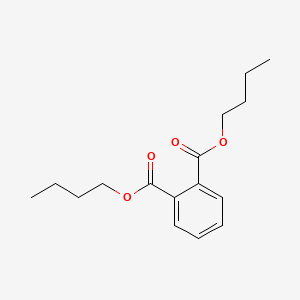
|
Name |
Dibutyl Phthalate
|
| Molecular Formula | C16H22O4 | |
| IUPAC Name* |
dibutyl benzene-1,2-dicarboxylate
|
|
| SMILES |
CCCCOC(=O)C1=CC=CC=C1C(=O)OCCCC
|
|
| InChI |
InChI=1S/C16H22O4/c1-3-5-11-19-15(17)13-9-7-8-10-14(13)16(18)20-12-6-4-2/h7-10H,3-6,11-12H2,1-2H3
|
|
| InChIKey |
DOIRQSBPFJWKBE-UHFFFAOYSA-N
|
|
| Synonyms |
dibutyl phthalate; 84-74-2; Di-n-butyl phthalate; n-Butyl phthalate; Butyl phthalate; Genoplast B; Palatinol C; Celluflex DPB; Unimoll DB; Staflex DBP; Elaol; Ergoplast FDB; Witcizer 300; Kodaflex DBP; Hexaplas M/B; DIBUTYLPHTHALATE; Dibutyl 1,2-benzenedicarboxylate; Dibutyl-o-phthalate; dibutyl benzene-1,2-dicarboxylate; Phthalic acid dibutyl ester; 1,2-Benzenedicarboxylic acid, dibutyl ester; DBP (ester); N-Butylphthalate; dibutyl-phthalate; Ersoplast FDA; Phthalate, di-n-butyl; Uniflex DBP; Hatcol DBP; Dibutyl o-phthalate; RC Plasticizer DBP; Benzene-o-dicarboxylic acid di-n-butyl ester; Phthalic acid, dibutyl ester; o-Benzenedicarboxylic acid, dibutyl ester; RCRA waste number U069; PX 104; ortho-Dibutyl phthalate; Phthalic acid di-n-butyl ester; Di-n-butylorthophthalate; Monocizer dbp; Plasthall dbp; Dibutyl-1,2-benzenedicarboxylate; Dibutylphthatlate; Vestinol c; Hatco dbp; Palatinol DBP; NSC 6370; di-n-butyl phthalate (DBuP); Corflex 440; Morflex 240; Ruifeng vp 201; Uniplex 150; Di-n-butylester kyseliny ftalove; CHEBI:34687; Yh-1bd2; NSC-6370; 1,2-Benzenedicarboxylic acid, 1,2-dibutyl ester; o-Benzenedicarboxylic acid dibutyl ester; 1,2-Benzenedicarboxylic acid dibutyl ester; CHEMBL272485; DTXSID2021781; Benzene-o-dicarboxylic acid, di-n-butyl ester; Vp-201; 2286E5R2KE; Benzenedicarboxylic acid dibutyl ester; 1,2-dibutyl benzene-1,2-dicarboxylate; DSSTox_CID_1781; Dibutyl ester of 1,2-benzenedicarboxylic acid; DSSTox_RID_76324; DSSTox_GSID_21781; Phthalate, dibutyl-; Caswell No. 292; nutyl phthalate; dibutyl phthalate (DBP); Phthalate, Butyl; CAS-84-74-2; Phthalate, Dibutyl; CCRIS 2676; HSDB 922; Di n Butyl Phthalate; RAPIDCELLtrade markP; Dibutyl phthalate [NF]; SR-05000001549; EINECS 201-557-4; RCRA waste no. U069; EPA Pesticide Chemical Code 028001; BRN 1914064; Di-n-butylester kyseliny ftalove [Czech]; Bufa; UNII-2286E5R2KE; AI-3-00283; Dibutyll phthalate; MFCD00009441; Benzenedicarboxylic acid, dibutyl ester; Spectrum_001975; Di(1-butyl) phthalate; SpecPlus_000628; Dibutyl phthalate, 99%; Spectrum3_000874; Spectrum4_000714; Spectrum5_002068; Epitope ID:138714; EC 201-557-4; WLN: 4OVR BVO2; Dibutyl phthalate, >=99%; SCHEMBL24051; BSPBio_002547; KBioGR_001267; KBioSS_002541; SPECTRUM330086; MLS002177802; BIDD:ER0641; DivK1c_006724; DIBUTYL PHTHALATE [II]; DIBUTYL PHTHALATE [MI]; Phthalic acid, bis-butyl ester; GTPL6295; DIBUTYL PHTHALATE [HSDB]; DIBUTYL PHTHALATE [INCI]; KBio1_001668; KBio2_002532; KBio2_005100; KBio2_007668; KBio3_002047; BUTYL PHTHALATE [WHO-DD]; NSC6370; DIBUTYL PHTHALATE [MART.]; Dibutyl phthalate, AR, >=99%; Dibutyl phthalate, LR, >=98%; Dibutyl 1, 2-benzenedicarboxylate; HMS2091E09; HMS3041E18; Pharmakon1600-00330086; DIBUTYL PHTHALATE [USP-RS]; BCP24796; HY-Y0304; ZINC1693431; Dibutyl phthalate, Selectophore(TM); Tox21_201729; Tox21_300980; BBL011532; BDBM50371946; NSC755894; STL146650; AKOS005720807; CCG-230933; DB13716; NSC-755894; DIBUTYL PHTHALATE [EP MONOGRAPH]; NCGC00090769-01; NCGC00090769-02; NCGC00090769-03; NCGC00090769-04; NCGC00090769-05; NCGC00090769-06; NCGC00090769-07; NCGC00090769-08; NCGC00090769-09; NCGC00254882-01; NCGC00259278-01; SMR000777923; SBI-0052568.P002; CS-0013564; Dibutyl phthalate, ReagentPlus(R), >=99%; FT-0624680; P0292; S5377; EN300-77394; Dibutyl phthalate, SAJ special grade, >=98.0%; Q415612; J-503795; SR-05000001549-1; SR-05000001549-3; BRD-K73477617-001-01-0; BRD-K73477617-001-04-4; Dibutyl phthalate, PESTANAL(R), analytical standard; F0001-2134; Z277540112; Dibutyl phthalate, certified reference material, TraceCERT(R); Dibutyl phthalate, European Pharmacopoeia (EP) Reference Standard; Dibutyl phthalate, United States Pharmacopeia (USP) Reference Standard; Dibutyl Phthalate, Pharmaceutical Secondary Standard; Certified Reference Material
|
|
| CAS | 84-74-2 | |
| PubChem CID | 3026 | |
| ChEMBL ID | CHEMBL272485 |
*Note: the IUPAC Name was collected from PubChem.
Chemical Classification: |
|
|
|---|
——————————————————————————————————————————
NPs Species Source
| Endophyte ID | Endophyte Name | Family | Genus | Taxonomy ID | GenBank ID | Closest GenBank ID | Reference | |
|---|---|---|---|---|---|---|---|---|
| Endophyte ID | Endophyte Name | Family | Genus | Taxonomy ID | GenBank ID | Closest GenBank ID | Reference |
NPs Biological Activity
| Bioactivity Name | Target ID | Target Name | Target Type | Target Organism | Target Organism ID | Potency of Bioactivity | Activity Type | Value | Unit | Endophyte ID | Endophyte Name | |
|---|---|---|---|---|---|---|---|---|---|---|---|---|
| Bioactivity Name | Target ID | Target Name | Target Type | Target Organism | Target Organism ID | Potency of Bioactivity | Activity Type | Value | Unit | Endophyte ID | Endophyte Name |
NPs Physi-Chem Properties
| Molecular Weight: | 278.34 | ALogp: | 4.7 |
| HBD: | 0 | HBA: | 4 |
| Rotatable Bonds: | 10 | Lipinski's rule of five: | Accepted |
| Polar Surface Area: | 52.6 | Aromatic Rings: | 1 |
| Heavy Atoms: | 20 | QED Weighted: | 0.525 |
——————————————————————————————————————————
NPs ADMET Properties*
ADMET: Absorption
| Caco-2 Permeability: | -4.489 | MDCK Permeability: | 0.00003270 |
| Pgp-inhibitor: | 0.341 | Pgp-substrate: | 0.001 |
| Human Intestinal Absorption (HIA): | 0.002 | 20% Bioavailability (F20%): | 0.995 |
| 30% Bioavailability (F30%): | 0.996 |
——————————————————————————————————————————
ADMET: Distribution
| Blood-Brain-Barrier Penetration (BBB): | 0.043 | Plasma Protein Binding (PPB): | 94.12% |
| Volume Distribution (VD): | 1.084 | Fu: | 3.20% |
——————————————————————————————————————————
ADMET: Metabolism
| CYP1A2-inhibitor: | 0.959 | CYP1A2-substrate: | 0.415 |
| CYP2C19-inhibitor: | 0.908 | CYP2C19-substrate: | 0.067 |
| CYP2C9-inhibitor: | 0.751 | CYP2C9-substrate: | 0.468 |
| CYP2D6-inhibitor: | 0.604 | CYP2D6-substrate: | 0.111 |
| CYP3A4-inhibitor: | 0.476 | CYP3A4-substrate: | 0.116 |
——————————————————————————————————————————
ADMET: Excretion
| Clearance (CL): | 12.528 | Half-life (T1/2): | 0.297 |
——————————————————————————————————————————
ADMET: Toxicity
| hERG Blockers: | 0.221 | Human Hepatotoxicity (H-HT): | 0.005 |
| Drug-inuced Liver Injury (DILI): | 0.287 | AMES Toxicity: | 0.007 |
| Rat Oral Acute Toxicity: | 0.002 | Maximum Recommended Daily Dose: | 0.005 |
| Skin Sensitization: | 0.711 | Carcinogencity: | 0.087 |
| Eye Corrosion: | 0.037 | Eye Irritation: | 0.987 |
| Respiratory Toxicity: | 0.028 |
——————————————————————————————————————————
*Note: the ADMET properties was calculated by ADMETlab 2.0. Reference: PMID: 33893803.
Similar Compounds*
Compounds similar to EMNPD with top10 similarity:
| Similar NPs | Similar Drugs | ||||||
|---|---|---|---|---|---|---|---|
| NPs ID | NPs 2D Structure | Similarity Score | TTD ID | Drug 2D Structure | Similarity Score | ||
| ENC000158 | 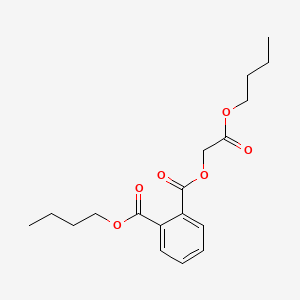 |
0.809 | D06ORU |  |
0.388 | ||
| ENC000669 | 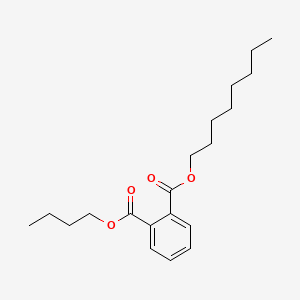 |
0.797 | D0H2SY | 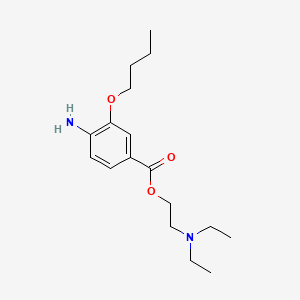 |
0.360 | ||
| ENC000300 | 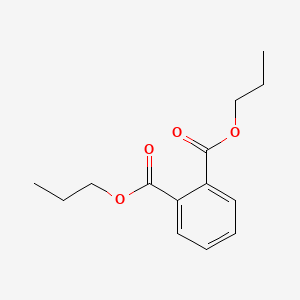 |
0.767 | D0N6CR | 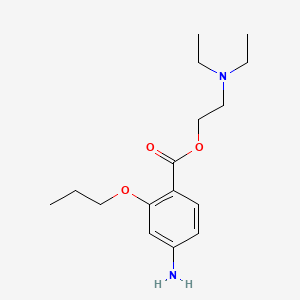 |
0.357 | ||
| ENC000164 | 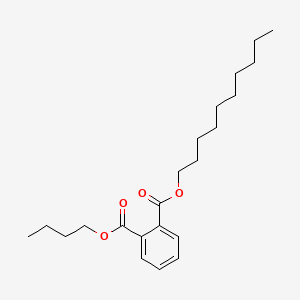 |
0.733 | D0K8CI | 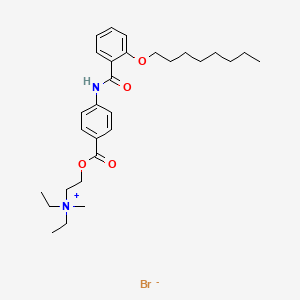 |
0.357 | ||
| ENC000157 | 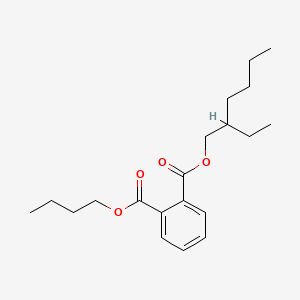 |
0.732 | D0P5GE | 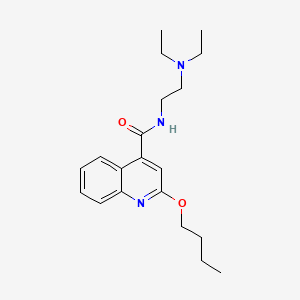 |
0.337 | ||
| ENC000586 | 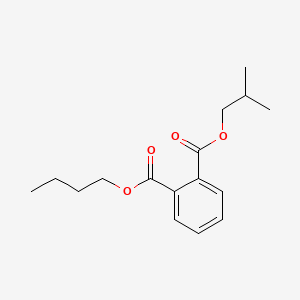 |
0.708 | D08HQK |  |
0.329 | ||
| ENC000291 | 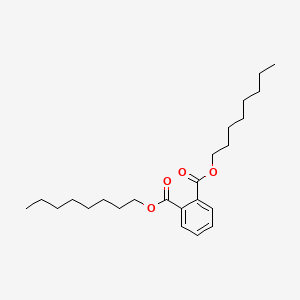 |
0.659 | D0Q7ZG |  |
0.326 | ||
| ENC001801 |  |
0.640 | D0E9WO | 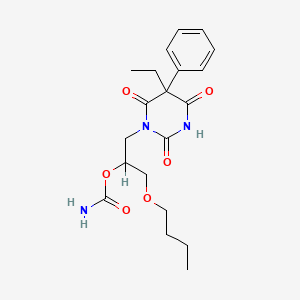 |
0.320 | ||
| ENC000301 | 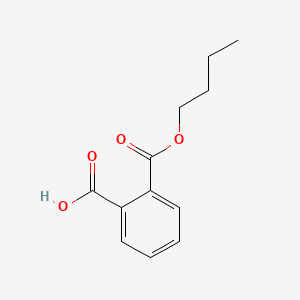 |
0.639 | D0GY5Z | 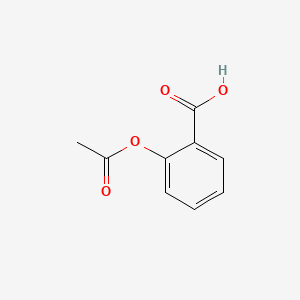 |
0.319 | ||
| ENC001800 | 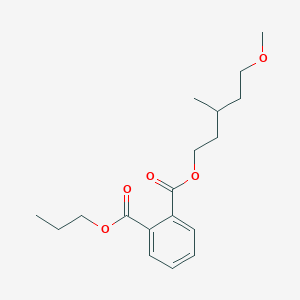 |
0.622 | D07NAJ | 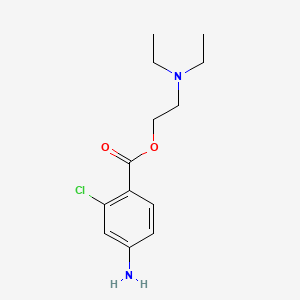 |
0.313 | ||